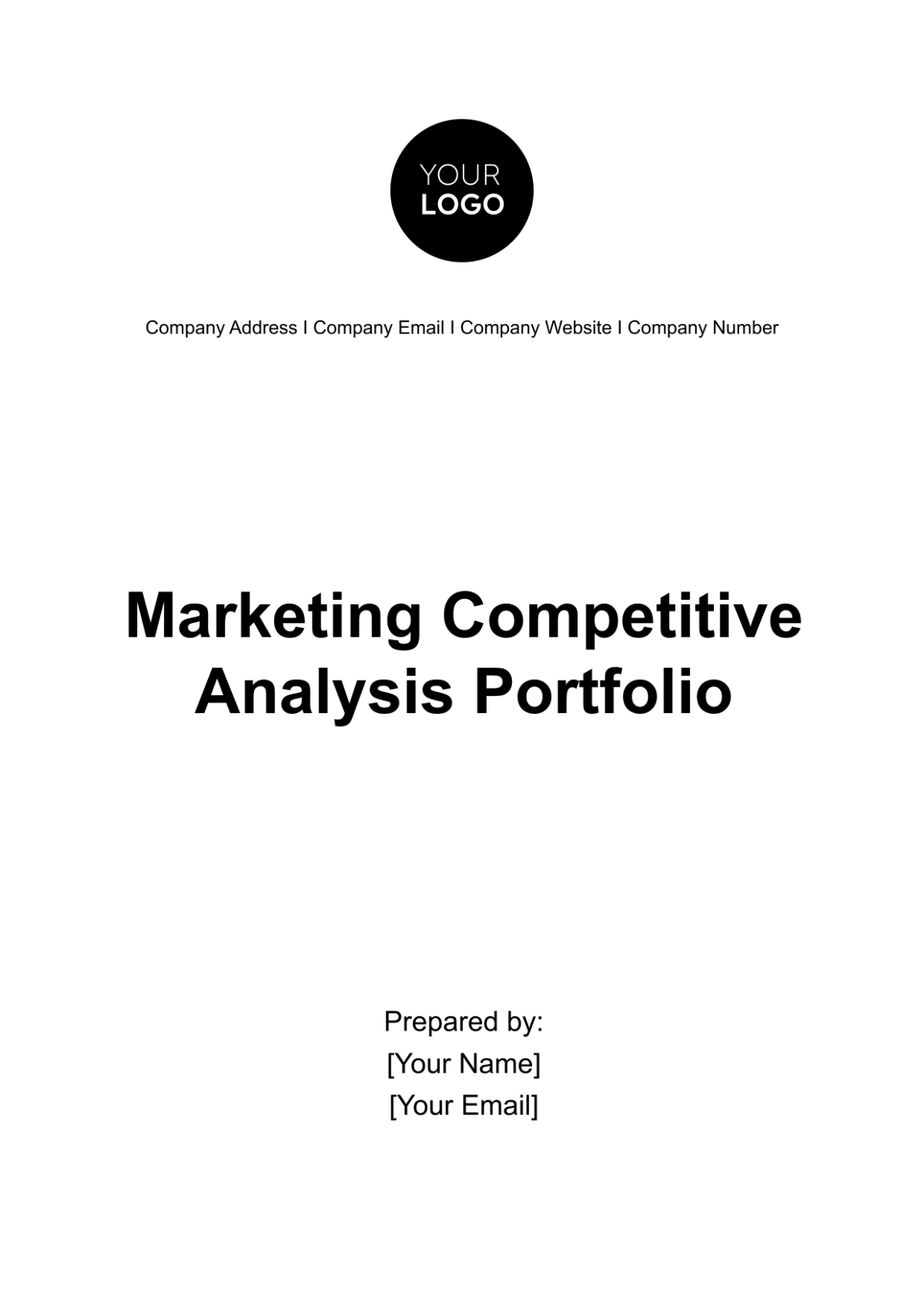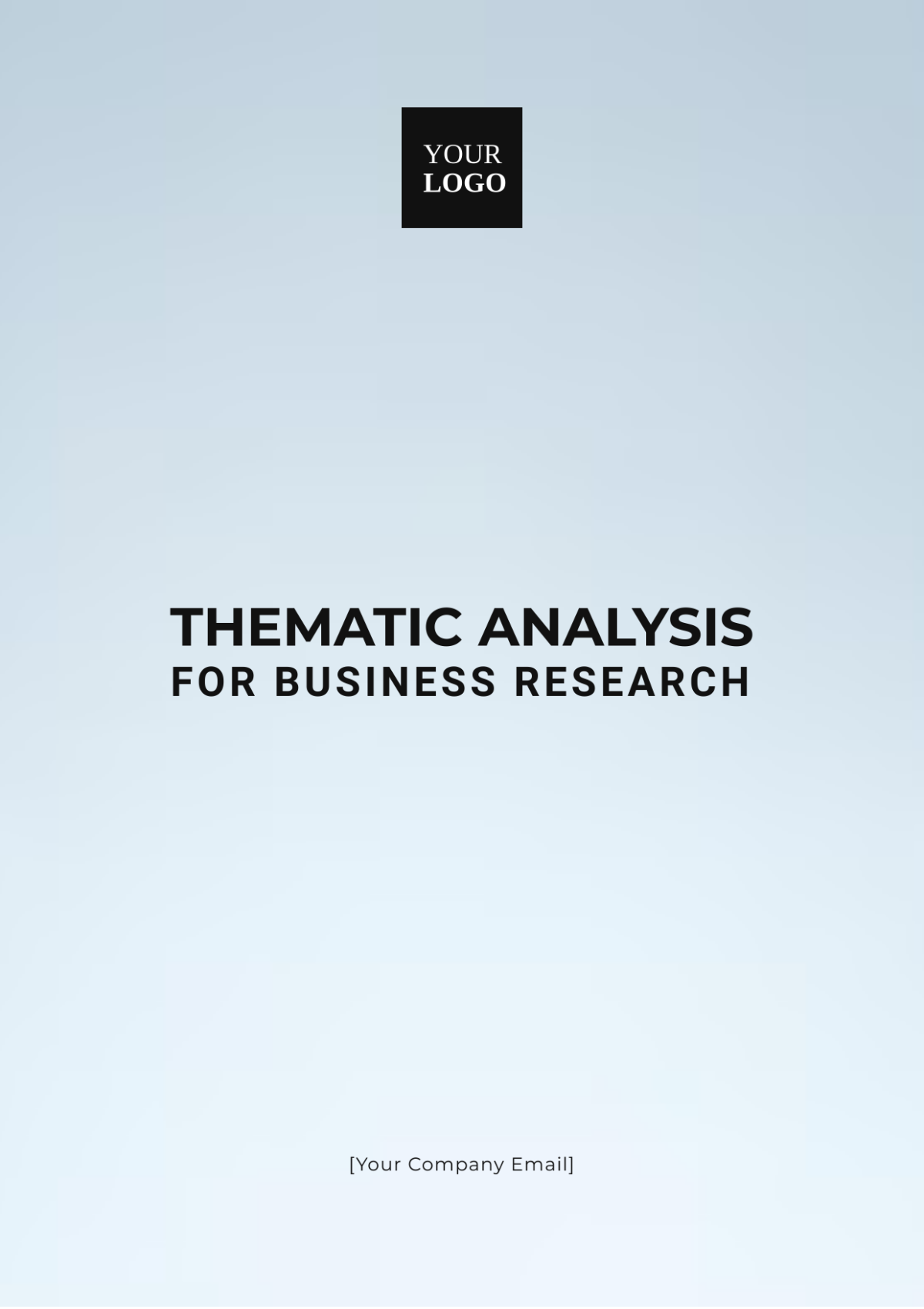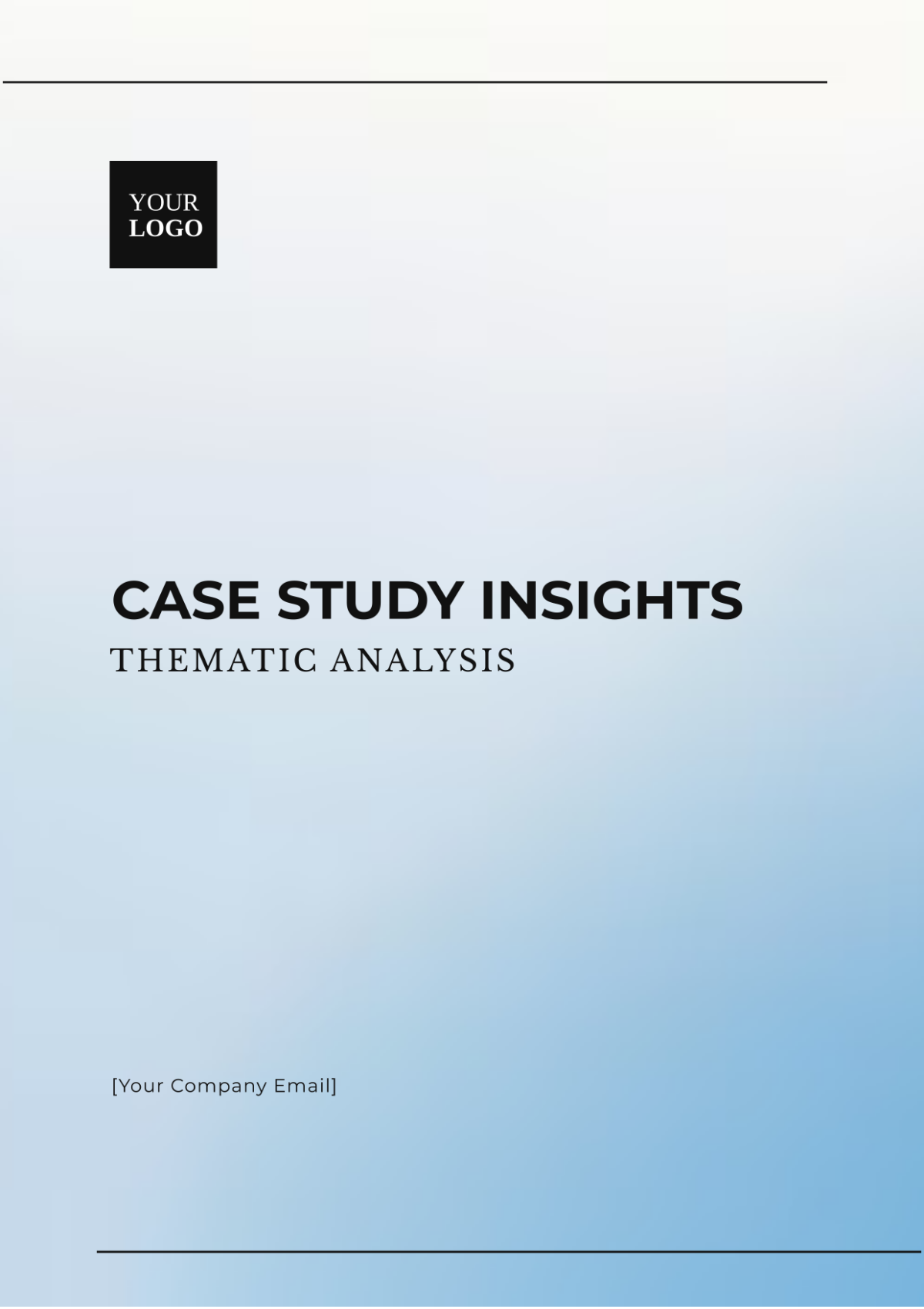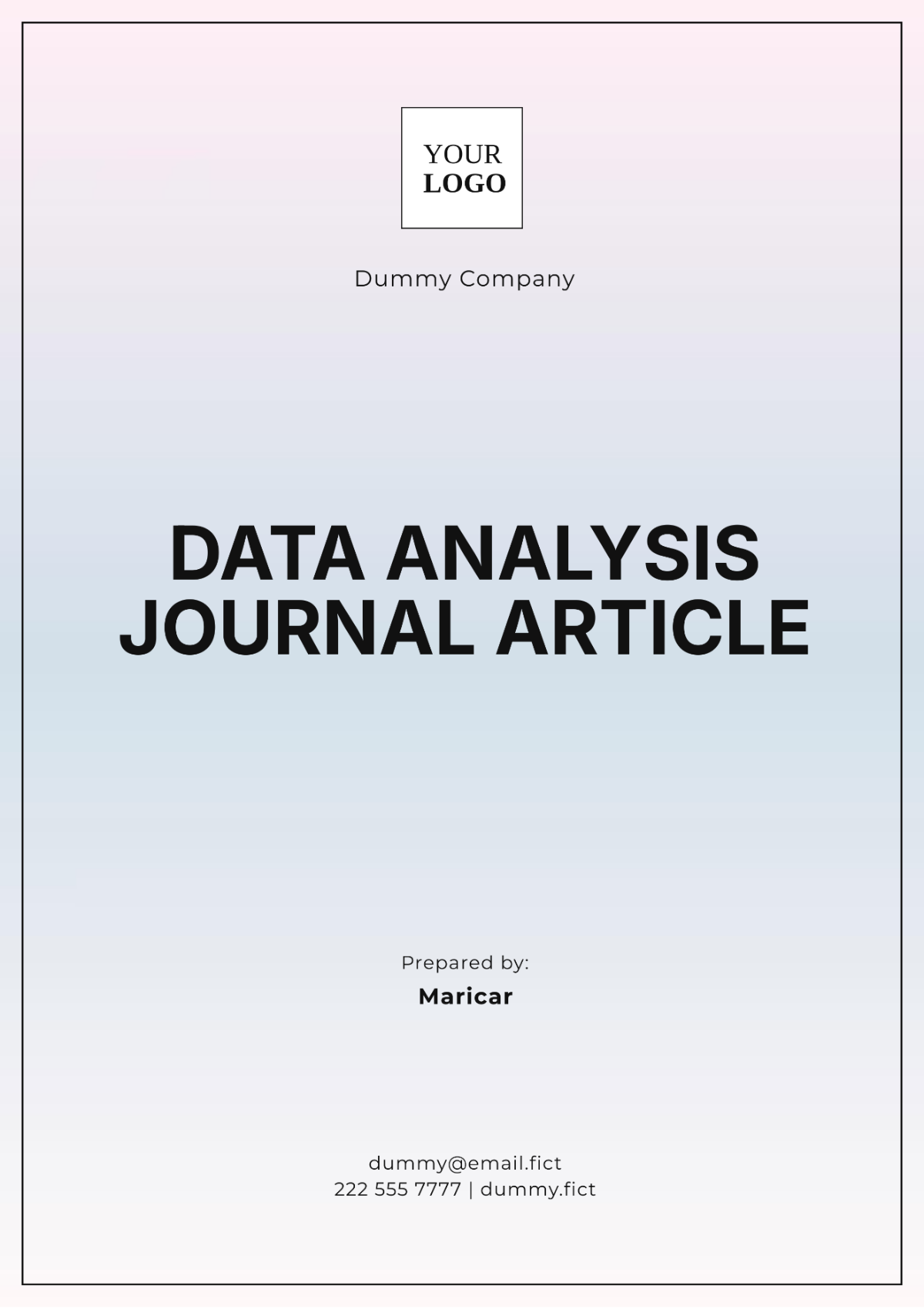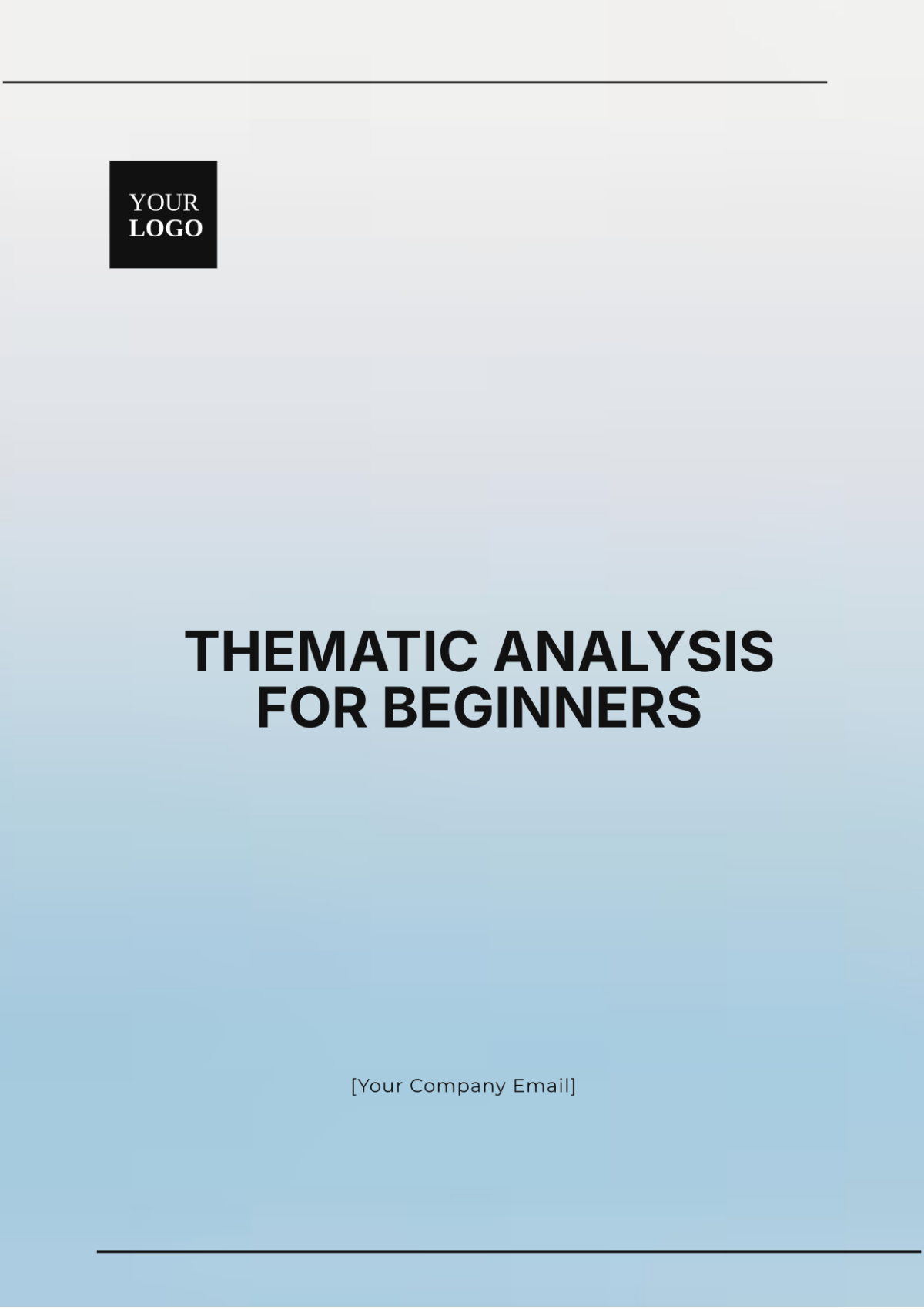Stakeholder Communication
Advertising Analysis
1. Company Overview
[Your Company Name] is a forward-thinking corporation dedicated to revolutionizing the energy sector by offering cutting-edge renewable energy solutions. Founded by a team of passionate engineers and environmentalists, the company's primary mission is to combat climate change by providing accessible and sustainable energy alternatives.
Core Products and Services:
A. Solar Solutions: [Your Company Name] specializes in state-of-the-art solar panel technology, offering efficient and cost-effective solutions for residential, commercial, and industrial purposes. These solutions are designed to harness solar energy and convert it into usable electricity while minimizing environmental impact.
B. Wind Turbines: In addition to solar panels, the company manufactures and installs innovative wind turbine systems tailored for various environments. These turbines leverage wind power to generate clean and renewable electricity.
C. Energy Storage Systems: Complementing its solar and wind offerings, [Your Company Name] provides advanced energy storage systems, including batteries and grid solutions. These systems ensure efficient energy distribution and storage, optimizing the use of renewable energy.
Innovations and Research:
The company prides itself on continuous innovation and investment in research and development. Through collaborations with leading scientists and engineers, [Your Company Name] consistently pushes the boundaries of renewable energy technology. This commitment to innovation drives the development of more efficient and eco-friendly energy solutions.
Sustainability Commitment:
[Your Company Name] places sustainability at the core of its operations. The company actively pursues initiatives aimed at reducing its carbon footprint and promoting a circular economy. From utilizing recycled materials in manufacturing to minimizing waste in production processes, sustainability is integrated into every aspect of the company's operations.
Global Reach and Impact:
With a global presence spanning multiple continents, [Your Company Name] has established itself as a leader in the renewable energy sector. Its installations and projects have made a significant impact on reducing carbon emissions and promoting a more sustainable future worldwide.
Collaborations and Partnerships:
The company collaborates with governments, research institutions, and other stakeholders to foster technological advancements and advocate for policies supporting renewable energy adoption. These partnerships facilitate the exchange of knowledge, resources, and expertise to drive the industry forward.
Corporate Culture:
[Your Company Name] fosters a culture of innovation, collaboration, and environmental stewardship among its employees. The company values diversity, creativity, and a shared commitment to the mission of mitigating climate change through renewable energy solutions.
2. Business Goals and Objectives
At [Your Company Name], we recognize the diverse groups and individuals with a vested interest in our company, products, and mission. Understanding and engaging these stakeholders is vital to our commitment to transparency, collaboration, and sustainable growth.
Customers
Customers | Details |
Residential Homeowners | Individuals seeking to adopt renewable energy for their homes, driven by a desire to reduce energy bills and environmental impact. |
Industrial Clients | Large-scale entities looking to invest in renewable energy to meet sustainability goals and reduce reliance on conventional energy sources. |
Commercial Property Owners | Businesses aim to integrate sustainable energy solutions into their operations for cost savings and corporate social responsibility. |
Our diverse customer base comprises individuals and organizations seeking reliable and sustainable energy solutions.
Investors
Customers | Details |
Shareholders | Individuals or institutions holding shares in [Your Company Name], interested in financial returns and the company's long-term growth potential. |
Impact Investors | Entities investing with a focus on environmental and social impact, prioritizing companies contributing to sustainability. |
Investors in [Your Company Name] are diverse, ranging from traditional shareholders to those prioritizing environmental and social impact.
3. Analyzing Communication Strategies
At [Your Company Name], our commitment extends beyond innovative renewable energy solutions—it encompasses effective communication tailored to diverse stakeholder groups. Analyzing and refining our communication strategies ensures that we engage meaningfully with each stakeholder, addressing their unique needs and interests.
Customers:
A. Tailored Messaging:
a. Residential Homeowners: Develop a campaign highlighting the long-term cost savings of solar panel installations. "Cut Your Energy Bills in Half! Join Thousands Saving with Solar."
b. Commercial Property Owners: Emphasize corporate responsibility and financial benefits. "Go Green, Save Green! Renewable Energy Solutions for Your Business."
c. Industrial Clients: Focus on efficiency and scalability. "Powering Industry: Scalable Renewable Solutions for Sustainable Growth."
B. Engaging Visuals:
a. Create interactive tools on the website allowing homeowners to estimate potential savings with solar panels based on their location and energy usage.
b. Showcase case studies illustrating how commercial properties reduced operating costs and increased sustainability through our wind turbine installations.
Investors:
A. Financial Reports:
a. Publish quarterly reports outlining revenue growth, R&D investments, and market expansion, emphasizing sustainability-driven growth metrics.
b. Present a breakdown of capital allocation, with a focus on the percentage invested in research for new renewable energy technologies.
B. ESG Reporting:
a. Develop an annual ESG report detailing initiatives to reduce carbon emissions, community involvement, and employee engagement in sustainability programs.
b. Highlight metrics showcasing a reduction in the company's carbon footprint and increased use of recycled materials in manufacturing processes.
4. Impact Assessment
At [Your Company Name], evaluating the effectiveness of our communication efforts is integral to understanding how we engage with our stakeholders. The Impact Assessment section focuses on measuring the resonance and efficacy of our communication strategies across various stakeholder groups.
Customer
Customer Surveys | |
Satisfaction Metrics | Conduct surveys to gauge customer satisfaction post-purchase/installation, focusing on perceived benefits, ease of transition, and overall experience. |
Perception Analysis | Evaluate customer perception regarding the environmental impact of our products and their alignment with sustainability goals. |
Behavioral Analysis | |
Conversion Tracking | Monitor website interactions and sales data to track the impact of advertising campaigns on customer conversion rates. |
Usage Patterns | Analyze usage patterns post-installation of renewable energy systems to understand behavioral shifts and energy consumption trends. |
Investors
Sentiment Analysis | |
Investor Surveys | Collect feedback on investor sentiment regarding the company's sustainability reports, financial disclosures, and alignment with ESG principles. |
Stock Performance | Monitor stock performance relative to sustainability-related announcements or disclosures to assess market response. |
Engagement Metrics | |
Investor Meeting Attendance | Measure attendance and engagement levels at investor meetings and conferences focusing on sustainability initiatives and financial growth. |
ESG Rating Impact | Track changes in ESG ratings or evaluations by external agencies following the release of sustainability reports or initiatives. |
Through comprehensive surveys and behavioral analysis, we've observed a significant positive shift in customer satisfaction post-installation of our renewable energy solutions. The surveys highlighted increased awareness of environmental impact and a high level of satisfaction with the overall experience. Behavioral analysis further indicates a notable reduction in energy consumption, showcasing the effectiveness of our tailored communication strategies in promoting sustainable practices among our customers.
5. Feedback and Adaptation
Our commitment to continuous improvement extends to our communication strategies. The Feedback and Adaptation section focuses on actively seeking input from stakeholders, processing feedback, and leveraging it to refine our communication approaches. By remaining responsive and adaptive, we ensure our strategies evolve in tandem with stakeholder needs and industry dynamics.
Customers:
A. Feedback Mechanisms: Establish direct communication channels for customers to provide feedback on experiences with our products and communications.
B. Feedback Analysis: Regularly analyze customer feedback to identify areas for improvement in messaging, product information, and overall satisfaction.
Investors:
A. Investor Surveys: Conduct surveys to gather investor opinions on our reporting, financial disclosures, and sustainability initiatives, actively seeking suggestions for enhancement.
B. Investor Feedback Sessions: Organize focused feedback sessions with a select group of investors to discuss their insights and expectations for our communication strategies.
6. Ethical Considerations
Maintaining ethical standards is paramount in all aspects of our operations, including our communication strategies. The Ethical Considerations section emphasizes our commitment to honesty, transparency, and responsible communication practices. It outlines how we ensure that our messaging aligns with ethical guidelines and respects the values of our stakeholders.
Transparency and Accuracy:
A. Truthful Representation: Ensure that all communication materials, including advertising content and reports, accurately represent our products' capabilities and their environmental impact.
B. Data Accuracy: Cross-verify data presented in communications to ensure accuracy and credibility, especially in metrics related to sustainability and product performance.
Respectful Messaging:
A. Respecting Privacy: Safeguard customer data and ensure compliance with privacy regulations in all communication efforts, maintaining respect for customer privacy and confidentiality.
B. Cultural Sensitivity: Tailor messaging considering cultural nuances and sensitivities to ensure our communications are inclusive and respectful across diverse audiences.
Environmental Responsibility:
A. Greenwashing Avoidance: Avoid exaggerated or misleading claims about environmental benefits in our communications, ensuring honesty and authenticity in our sustainability messaging.
B. Environmental Impact Disclosure: Clearly communicate the environmental impact of our operations, products, and initiatives, providing transparent and comprehensive information.
Community Engagement:
A. Community Respect: Engage with local communities in a respectful and collaborative manner, ensuring their concerns are heard and addressed in project communication and outreach initiatives.
B. Feedback Integration: Actively integrate community feedback into communication strategies, reflecting their perspectives and ensuring community involvement in decision-making processes.
Compliance and Regulatory Adherence:
A. Regulatory Compliance: Ensure all communication materials comply with industry regulations, especially regarding renewable energy claims, advertising standards, and environmental impact reporting.
B. Ethical Marketing Practices: Adhere to ethical marketing principles, avoiding manipulative tactics or deceptive messaging in our advertising efforts.
7. Conclusion
The Stakeholder Communication Advertising Analysis underscores [Your Company Name]'s commitment to responsible communication practices. By tailoring communication strategies to engage diverse stakeholders, actively seeking feedback, and upholding ethical standards, we reinforce our dedication to transparency, sustainability, and meaningful engagement.
